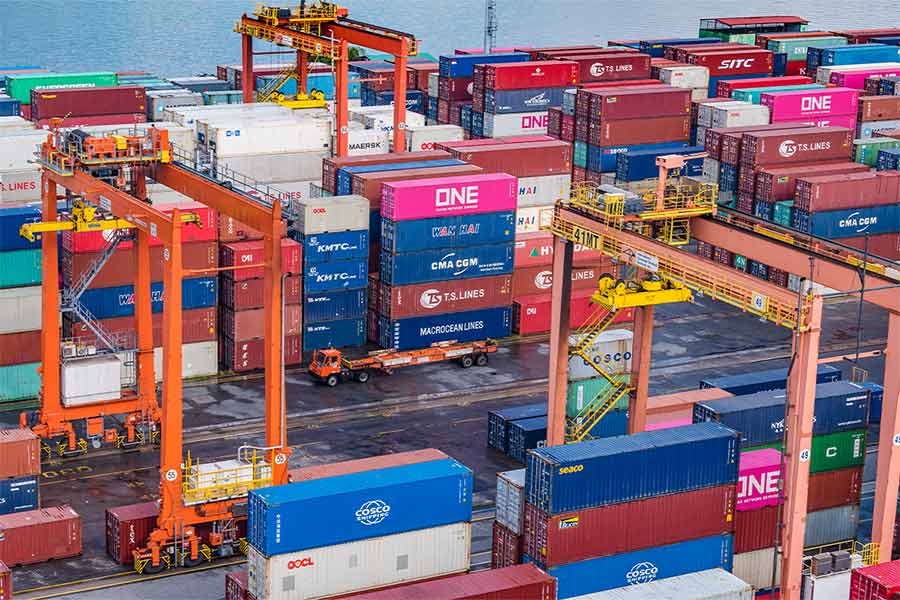PLDT Inc. and its wireless subsidiary Smart Communications Inc. plan to deploy drone technology for cell site inspection to pave the way for more efficient and environment friendly network operations.
PLDT has completed a proof of concept (PoC) of drone-aided digital inspection of its cellular sites in Quezon City, Valenzuela and Caloocan with vHive and its local counterpart Amdocs using drone technology to capture multiple cell sites’ information and produce “digital twins” of these network towers.
“As we maximize the network we have put in place across the country and aim for better customer experience — we also need to empower our people and processes with the right technology to continuously improve. Digital Inspection is a good example of how we are holistically transforming every aspect of our network to a future state through new ways of working and using automation to evolve our operations,” said Eric Santiago, head of network at PLDT and Smart.
The use of autonomous drone technology in capturing network tower information is seen to later replace the time-consuming, dangerous and manual task of climbing each and every tower to gather and record data.
During the PoC, data capture for each tower using autonomous drone flight required approximately 30 minutes.
The resulting site digital twin, together with the automated reports, were made available within two to three days — much faster than the current manual process. This would make Smart’s operations more cost efficient, paving the way for more affordable services and better customer experience.
“This is a step towards Smart’s vision of being the best in customer experience by building a fully automated, intelligent, highly efficient network, and putting in place sustainable network elements and operations,” Santiago added.
Digital Inspection is one of the building blocks of PLDT and Smart’s future mode of operations. It is a critical component of the group’s Network Transformation Program to advance into a fully automated and autonomous network — a testament to its continuing efforts to maintain network superiority to elevate the customer experience.
Smart said it is also looking into using 5G to enhance this process in the future, as the digital data from the drones can also be sent directly and in real-time for analysis via its 5G base stations, which have been rolled out nationwide.
This will further improve the production of the network Digital Twin and increase the overall efficiency of Smart systems.
PLDT operates the country’s most extensive fiber infrastructure, which was at about 1.09 million kilometers as of end-September 2022, including domestic and international fiber.
This fiber network supports Smart’s mobile network, which covers about 97 percent of the population with 3G, 4G/Long Term Evolution and 5G.





